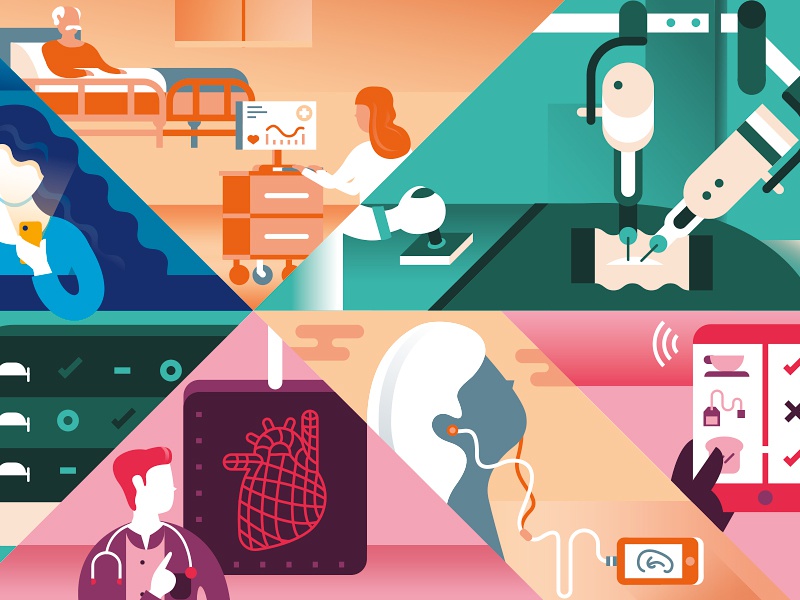For medical practitioners, professional development is paramount. Staying up-to-date on the current body of knowledge/practice in their field isn’t just a questions of being an examplary employee, it’s essential to ensuring that patients receive the gold standard of care.
In years past, healthcare practitioners would rely on attending offline conferences, seminars and workshops as their primary sources of professional development, but these time-consuming, expensive and these days impossible methods have been replaced by mobile apps.
Advantages of educational Mobile Apps for Healthcare Professionals:
- Greater convenience
- Increased flexibility
- Greater availability
- Instant feedback
- Greater speed
- Micro-training
Mobile apps have incredible potential to provide a wide variety of professional development opportunities for practitioners in various fields. Here are just some examples of current uses:
- Educational Platforms for CME (continuing medical education)
A web-based alternative to lugging around medical textbooks, these educational platforms provides medical students and practitioners ubiquitous access to incredible amounts of information to stay “sharp”. One example is Osmosis — “a learning resource that contains a library with more than 1,300 videos, 15,000 flashcards, and 8,000 case questions that cover various medical topics”.
2. Medical Reference Apps
The majority of doctors and med students will have one of these medical reference apps handy on their mobile devices as a tool to quickly reference when working with a patient or studying a specific topic. Some of the most popular reference e-learning apps include Medscape Mobile, Human Anatomy Atlas, and Brainscape.
3. VR, AR & MR simulations
Virtual, Augmented and Mixed Reality tools have especially powerful potential as educational tools for medical students and practitioners acquire new skills or practice difficult procedures in less stressful (but very real feeling) environments. Some currently used apps are Touch Surgery, InCell VR, and Airway EX Virtual Surgery Simulator App.
4. 3D Imaging and 3D Mechanism of Action (MOA)
One 3D imaging app is the free and popular Complete Anatomy 2021 app, which hosts the most advanced anatomy mobile platform available today.
5. Webinar Platforms
Simple, but powerful, mobile webinar platforms allow for collaboration and global networking in a time where in person conferencing is virtually impossible. “Mobile solutions about e-learning for healthcare professionals like Docquity make use of webinars as one of their features”.
References:
https://shakuro.com/blog/e-learning-medical-app-development-responding-to-changes

We all know that medical professionals need to be up-to-date, but formal education in regular schedules does not seem suitable for continuing medical education. All those mobile solutions are a great alternative for helping those people in perfecting their practice. As Sam said, those mobile alternatives can fit in other fields. The place for mobile education grows as cultural practices include mobile technologies in all fields.
It would be nice to see “communities of practice” embraced within health care, law, and education where mobile technology (along with participant consent) can be used to facilitate reviews of practitioners in their own environments. Reviewers can provide feedback based on those reviewed interactions. The other technologies referenced in the post are also vital to ensure practitioners augment their skills with new information.